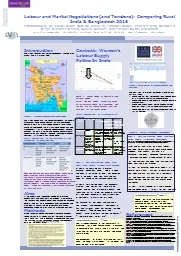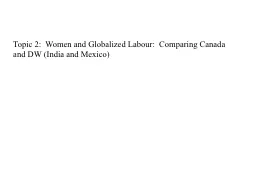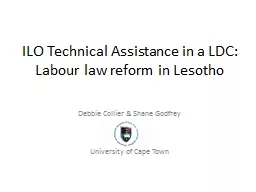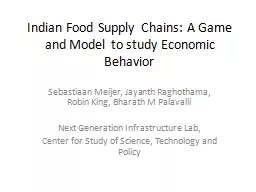PPT-Context: Women’s Labour Supply Falling In India
Author : mitsue-stanley | Published Date : 2017-06-28
Figure 2 Labour Supply of Women in India by Land Holding NOTE The land holding groups are based on the hectares owned by a household The red lines are for several
Presentation Embed Code
Download Presentation
Download Presentation The PPT/PDF document "Context: Women’s Labour Supply Fallin..." is the property of its rightful owner. Permission is granted to download and print the materials on this website for personal, non-commercial use only, and to display it on your personal computer provided you do not modify the materials and that you retain all copyright notices contained in the materials. By downloading content from our website, you accept the terms of this agreement.
Context: Women’s Labour Supply Falling In India: Transcript
Download Rules Of Document
"Context: Women’s Labour Supply Falling In India"The content belongs to its owner. You may download and print it for personal use, without modification, and keep all copyright notices. By downloading, you agree to these terms.
Related Documents














